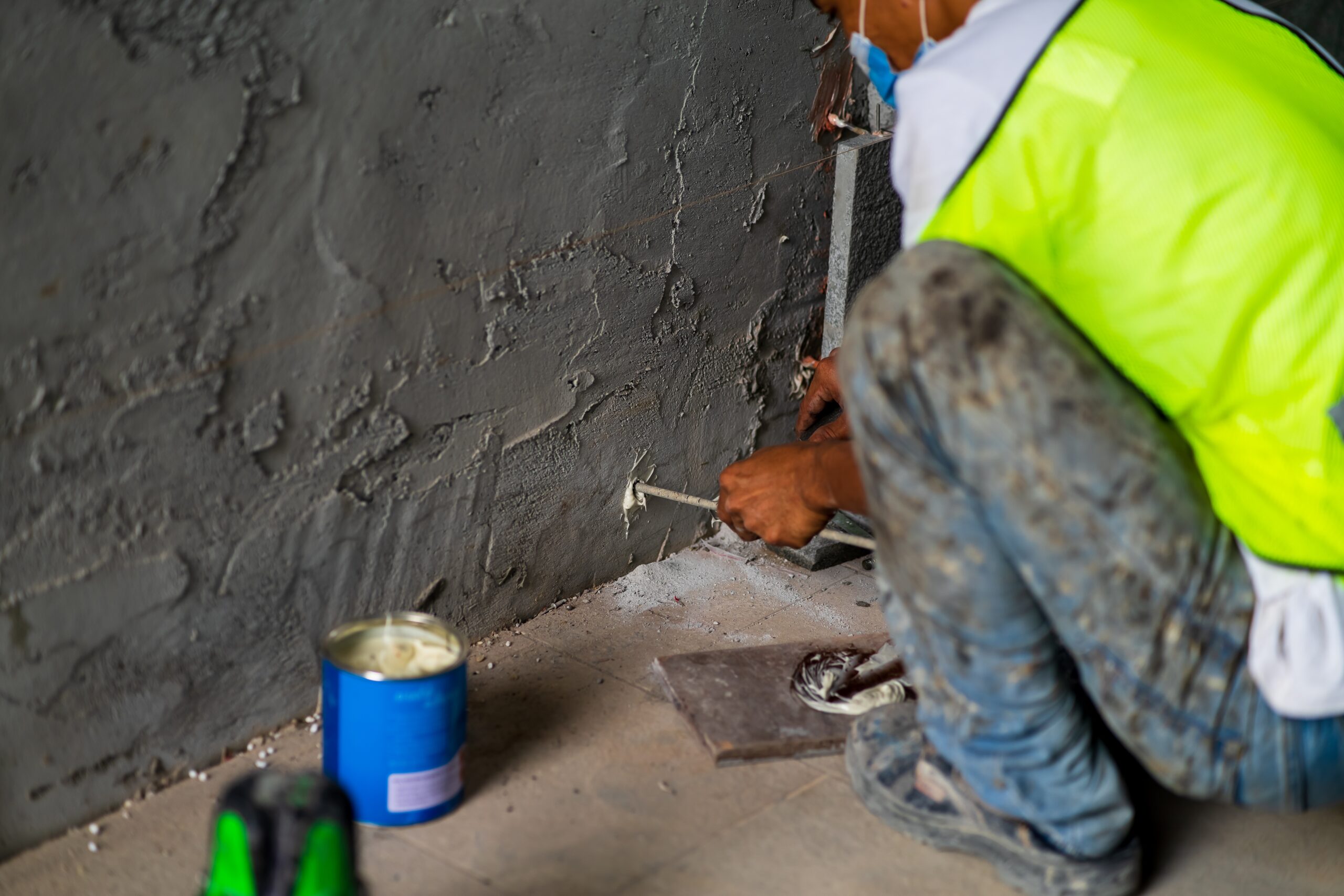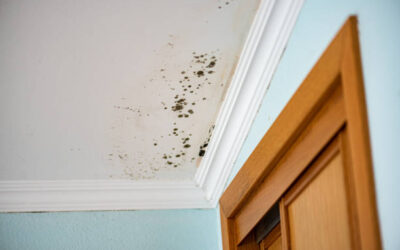Waterproofing materials in Cotswolds are used to stop water from getting into walls, roofs, basements, and floors. These materials protect both new and old buildings from rain, damp, and leaks. In places like the Cotswolds, where buildings are often made from natural stone and face regular rainfall, using the right waterproofing materials is one of the best ways to keep a home dry and strong.
These materials come in many types, such as paints, sheets, sprays, and pastes. Each one has its own job and is made for different surfaces. Some stop rain from soaking through outside walls. Others stop damp rising up from the ground. There are even special materials that form a seal over flat roofs or under floors to keep out water from below.
People often ask what are waterproofing materials, and the answer is simple: they are products made to keep water out. But choosing the right one can be tricky. It depends on the type of building, the surface you’re treating, and how wet the area gets. That’s why it’s important to understand what works best for your home and that’s what this guide is here to help you with.
In this guide, we’ll explain which materials work best for homes in the Cotswolds, how to use them properly, and how to know if you need help from a professional. We’ll also cover things like waterproof coating material, waterproofing measurement, and how to avoid wasting money on the wrong products.
By the end, you’ll know what to look for, what to avoid, and who to contact if you want expert help with waterproofing in your home.
The Best Waterproofing Materials For Traditional Cotswolds Buildings
When choosing waterproofing materials in Cotswolds, it’s important to think about the kind of homes we have here. Many buildings in the Cotswolds are made from limestone, a natural stone that looks lovely but soaks up water easily. This means you need the right materials that will protect the building without damaging it.
One of the most used options is cementitious waterproofing. This is a simple mix applied to interior walls, floors, or basements. It’s strong, cheap, and works well where water pressure is low. For older homes with damp coming through cellar walls or below-ground rooms, this can be a good start.
Bitumen-based coatings are another common choice. These form a solid barrier that stops water getting through. They work well on flat roofs, concrete foundations, and some walls, but they’re not breathable. That means they’re not ideal for older Cotswold homes that need moisture to escape through the stone.
Liquid waterproofing membranes are better for surfaces that move or crack, like roof joints. These are painted or rolled on and form a rubber-like finish. They stretch slightly and are good for tricky corners and uneven walls.
For outside walls on stone cottages, silane or siloxane-based sealers are often best. These soak into the stone without changing how it looks. They stop rain getting in but still let the walls breathe. This is very useful in the Cotswolds where solid stone walls need to dry out naturally.
In some cases, sheet membranes are used. These are large rolls stuck to surfaces, often used under concrete or for full basement waterproofing. They give strong protection but must be installed carefully.
When picking the best waterproofing material for your property, you must think about what surface you’re working with, how much water the area gets, and how old your building is. Not every product suits every surface. That’s why using the right method from the start is better than having to fix a failed job later.

Waterproof Coating Material Options: Which One Works Where?
Not all waterproof coatings are the same. When picking a waterproof coating material, it’s important to match it with the surface and the type of damp or water you’re dealing with. Choosing the wrong one can lead to peeling, cracking, or water getting back in.
One of the most popular types is acrylic waterproof coating. It’s easy to apply and sticks well to walls and roofs. Acrylic is a good option for outdoor walls that get wet during heavy rain. It forms a tough skin over the surface, which helps keep the water out. But it’s not the best choice for areas that stay wet for long periods, like basements or below-ground walls.
For roofs, polyurethane (PU) coatings are often used. These are thicker and more flexible. They work well on flat roofs, concrete slabs, and even balconies. Once dry, they form a rubber-like layer that stretches with the building. PU is water-resistant and long-lasting, but it needs a dry surface to stick properly.
Cement-based coatings are another option. These are good for internal walls and cellars where the damp is coming from inside. They’re strong and easy to use, especially in places that won’t get lots of movement or sunlight. They don’t look pretty, but they get the job done.
When it comes to stone walls or brickwork, a silane-siloxane coating is often the best. These clear treatments soak into the surface and block water without sealing the wall completely. That means the wall can still breathe. This type is ideal for older homes in the Cotswolds that need to let moisture escape while keeping rain out.
No matter which material you choose, always check that it’s suitable for the surface. Some coatings are only made for flat areas. Others won’t stick to damp or dusty surfaces. And always follow the instructions even the best waterproofing materials in Cotswolds won’t work if they’re applied the wrong way.
Materials For Waterproofing In Cotswolds: What Homeowners Should Look Out For
Choosing materials for waterproofing in Cotswolds means more than just picking a product off the shelf. It’s about making sure the material suits your property, your budget, and the problem you’re trying to fix. A good waterproofing job starts with asking the right questions.
First, know your surface. Are you treating a roof, a basement, a garden wall, or a bathroom floor? Some materials are made for stone or brick, while others only work well on concrete or plaster. If the surface is old or uneven, you’ll need something flexible like a liquid membrane. For smoother, newer surfaces, sheet or cement-based materials might work better.
Second, think about how wet the area gets. A wall that gets splashed now and then needs different protection from one that’s fully soaked in water. If rain soaks into your outer walls during storms, you’ll want a breathable sealer. If the issue is ground moisture coming up, you’ll need something much stronger.
Also, keep an eye on the product’s water resistance rating. This is sometimes listed as a waterproofing measurement or shown in test results. Look for products that have been tested for long-term use. If the label or technical sheet doesn’t show this, it might not be reliable.
Homeowners should also check how long the material lasts. Some coatings wear out after just a few years, especially in harsh weather. Others can last decades if they’re applied well and looked after.
One common mistake is using the wrong product indoors. Some outside materials let off strong fumes or need lots of airflow. These should never be used in basements, bathrooms, or living spaces.
Finally, ask if the product has been used on similar homes. In the Cotswolds, where we have many stone cottages and period properties, it’s safer to use something proven to work on breathable surfaces.

How Professionals Choose Waterproofing Materials In Cotswolds
When dealing with materials for waterproofing in Cotswolds, professionals don’t guess. They follow a clear process to choose the right solution for each property. This is based on experience, testing, and a proper look at what’s going on inside and outside the home.
The first thing they do is carry out a moisture survey. This helps to measure how much water is present in the walls, floors, or roof. Using tools like a damp meter or thermal camera, they find out where the moisture is, how deep it goes, and whether it’s from rain, rising damp, or condensation. This step is vital because it tells them which materials are needed and where.
Next, they assess the building type. A newer home with plasterboard walls and cavity insulation needs different treatment than a solid stone cottage. Many homes in the Cotswolds have older walls that need to “breathe”, so breathable materials like siloxane-based coatings are often preferred over heavy sealants.
The surface condition also matters. If the wall or roof has cracks, movement, or flaking paint, then a flexible waterproofing material like a liquid membrane is usually best. This helps cover uneven areas and moves with the structure without breaking down.
Professionals also think about access and how the material will be applied. Some coatings need special tools, safety steps, or dry weather to work properly. Others need the wall to be completely clean and dust-free first. That’s why good preparation is just as important as the material itself.
They’ll also check the product’s strength and how long it lasts. Products with proven test results, clear waterproofing measurement data, and strong warranties are always preferred.
Finally, professionals look at the property as a whole. They don’t just fix one patch. They’ll check how rain flows, where gutters drain, and how air moves through the space. This helps stop future problems and makes sure the chosen materials work as expected.
Let’s Get Your Home Watertight The Right Way
We know how tricky it can be to find the right waterproofing solution, especially when every home is different. That’s why we take the time to look at the full picture before giving advice. When it comes to waterproofing materials in Cotswolds, our goal is simple: protect your property properly the first time around.
At Damp Checks, we don’t just offer one-size-fits-all fixes. We assess your home, test the moisture levels, check the surface conditions, and pick materials that suit both your building and your budget. Whether you’re dealing with rising damp in an old stone wall or water pooling on a flat roof, we’ll find the material that works best — and we’ll explain why, in plain language.
What makes us different is how closely we work with local homes and buildings. We understand the type of materials Cotswold properties need, especially when it comes to breathable coatings and long-term protection. We only use trusted products that we’ve tested ourselves and that we know will last.
If you’re unsure what to do next, or if you’ve already tried something and it hasn’t worked, we can help. It starts with a simple email, no pressure, just honest advice and a clear plan.
Email us now at enquiries@dampchecks.co.uk to book a survey or ask a quick question. We’re happy to guide you, and ready to get your home watertight the right way.




